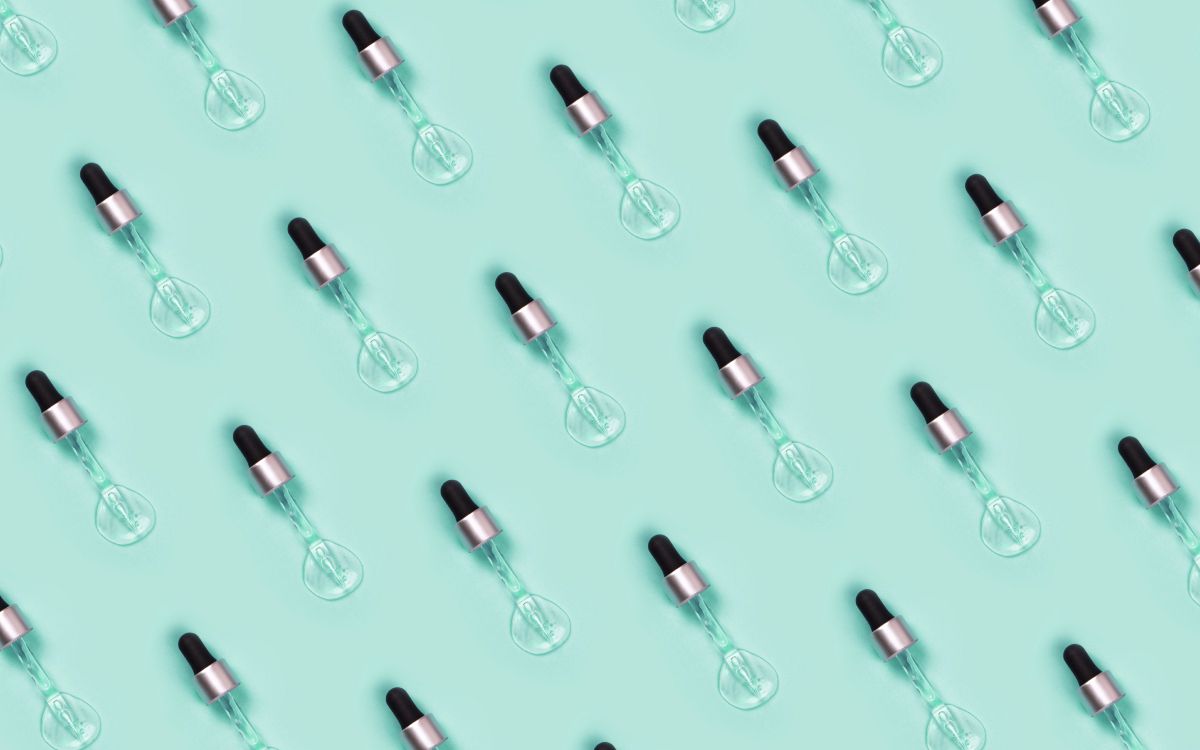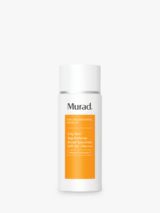How to get even: a dermatologist’s guide to hyperpigmentation
A top skin doctor offers expert tips to bring you a complexion free from blotches and pigment problems
While skin conditions such as acne and wrinkles tend to get more airtime in the list of beauty bugbears, numerous studies have found that skin homogeneity and tone are just as important when it comes to perceptions of age and attractiveness. What’s more, an uneven skintone can affect our confidence just as negatively as spots and frown lines.
‘Hyperpigmentation essentially refers to an increase in the brown tone of the skin, usually unevenly or unexpectedly,’ says consultant dermatologist Dr Emma Craythorne. ‘It’s a cosmetic problem that when extreme impacts on patients’ self-esteem and quality of life. It occurs whenever the melanocyte – the pigment producing cell – within the skin has been stimulated, which can happen as a consequence of inflammation or UV radiation.’
One of the more complex and misunderstood skin concerns, hyperpigmentation can be tricky to treat, but with a little knowledge, a few lifestyle tweaks and some choice skincare products, you can ensure a luminous outcome.
How common is hyperpigmentation?
‘Hyperpigmentation is an exceptionally common problem with numerous causes,’ says Emma. ‘Some people are genetically more predisposed to pigmentation due to increasing age and light damage. Other causes include UV radiation, inflammation and oxidative stress damage to the skin, as well as hormonal factors and the effect of some medications.’
Hyperpigmentation decoded; what are the different types?
Emma breaks hyperpigmentation down into three main categories:
1. Melasma
Characterised as larger brown patches with no distinct border, this type of pigmentation occurs deeper within the skin. ‘Melasma is a very common skin disorder experienced by up to 33% of the population,‘ says Emma. It tends to occur during a woman’s reproductive years but is especially common among pregnant women (15% to 50% encounter it) with each subsequent pregnancy dramatically increasing the risk. Rarely seen during puberty, it usually starts between the ages of 20 and 40 and can be associated with taking oral contraception (the risk of melasma connected to the pill is more than twice as high in women who already have a family history of the condition).
‘As well as this genetic predisposition, exposure to UV radiation and visible light, some cosmetics and medicines, as well as a zinc deficiency can be triggers,’ says Emma. ‘It can also occur following trauma such as waxing of the skin, facial chemical peels and poorly indicated Intense Pulsed Light treatment.’
2. Post-inflammatory hyperpigmentation
‘This type of hyperpigmentation can occur as a response to inflammation or injury to the skin as a result of acne or trauma from aggressive clinical treatments or burns,’ says Emma. This inflammation triggers an increase in melanin production which can get trapped in the middle part of the skin, where it causes a deeper level of hyperpigmentation. Generally speaking, the darker the underlying skin type the longer the post-inflammatory changes take to clear.
3. Lentigo or solar lentigo
Otherwise known as ‘sun spots’ or ‘liver spots’ lentigo is characterised by a harmless patch of irregular pigmentation that can occur anywhere on the body. ‘It’s very common in people over the age of 40 and is seen in 90% of over 60s,‘ explains Emma. Continued UV exposure can occasionally lead to the development of Lentigo Maligna which is a precursor for melanoma so it’s always important to monitor any changes to your skin.
How can it be treated?
‘It’s essential to get the correct diagnosis,’ stresses Emma. Once this has been established, alongside an understanding of your particular skin type, you can move on to treatment. ‘The first step is to tackle the cause where possible, such as reducing stimulation from UV radiation and getting active acne under control,’ says Emma. In terms of the treatment itself, basic skincare at home can make all the difference to the outcome especially where melasma is concerned.
The main treatments include:
- Protection from UV radiation with a broad spectrum SPF50 which should be applied in the morning and at lunchtime. Finding one that you like the texture of is key – you’re much more likely to wear it every day.
- Protection from High Energy Visible Light and Infrared light with skincare that contains iron oxide or topical antioxidants.
- Optimising the skin barrier with a good moisturiser.
- Some people may require prescribed oral treatments, topicals in the form of retinoids and hydroquinone, or even treatment with low intensity lasers.
Swot up on skincare
‘Once you understand what is causing your particular type of hyperpigmentation, time and a targeted, consistent skincare routine can improve things significantly for most people,‘ explains Emma. Start to reduce the pigmentation within the skin by exfoliation, using either a doctor prescribed Tretinoin at 0.05% or an over-the-counter Retinol (0.3%) or Azelaic Acid (15%).
‘Then you can look out for key topical skincare ingredients which have been shown to reduce melanin production and pigment transfer,’ Emma continues. ‘Aside from doctor prescribed Tranexamic Acid and Hydroquinone, key brighteners which can be bought off the shelf are Vitamin C (preferably at 15-20%), Tranexamic Acid, Soy, Silymarin, Liquorice Root, Green Tea polyphenols, and Niacinamide (preferably at 4%).’









